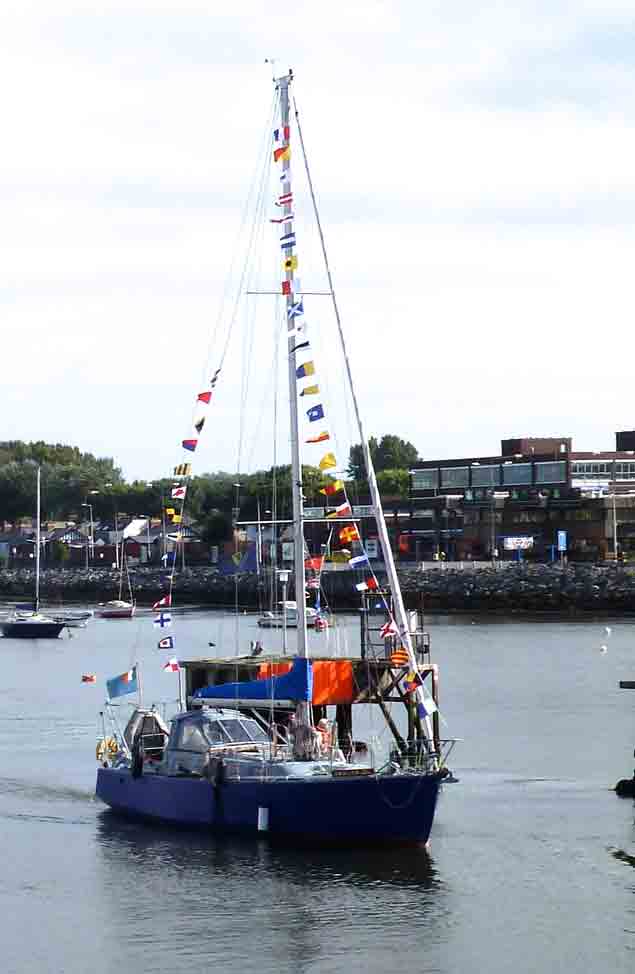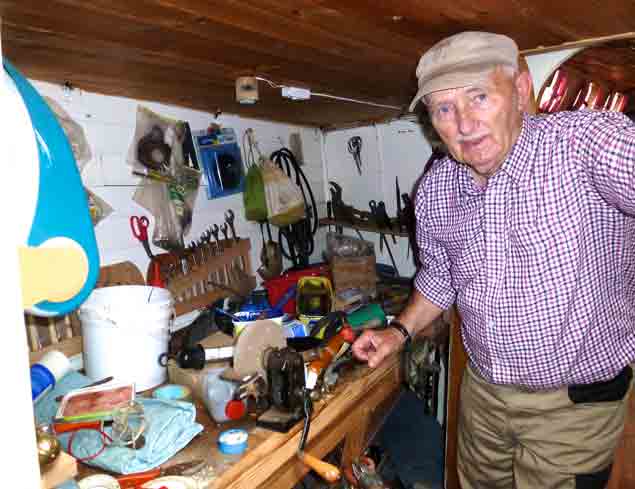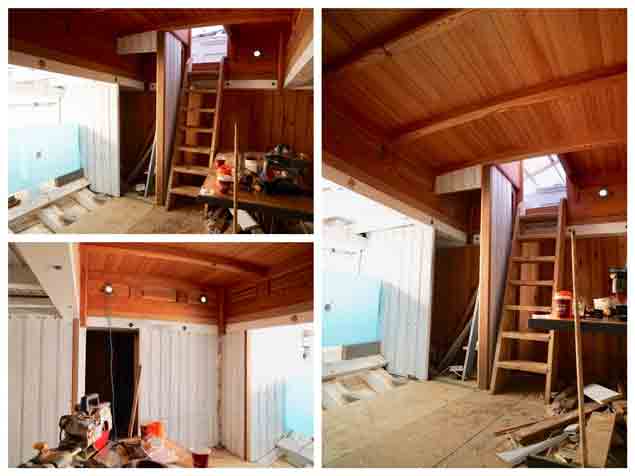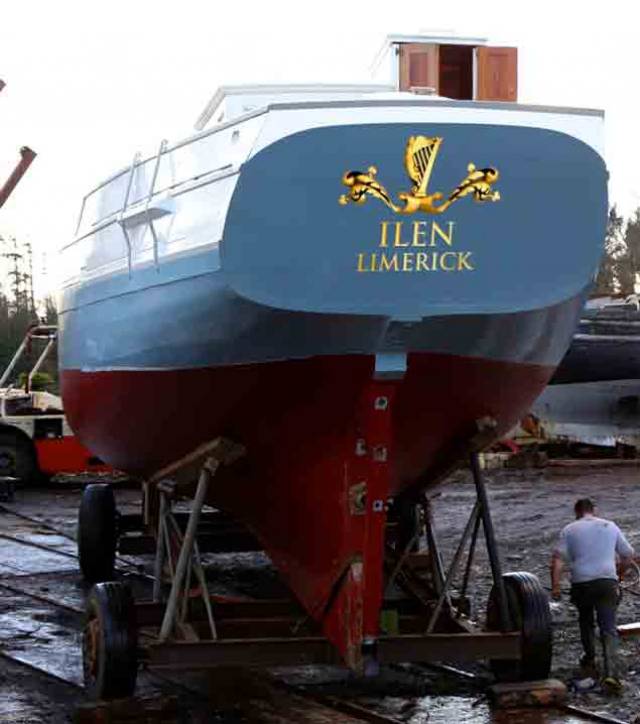The restoration of the 56ft ketch trading ketch Ilen (1926) and the re-build of world-girdling 42ft Saoirse (1922) at Oldcourt in West Cork has become a focal point of interest of what might seem to an outsider to be a secret brotherhood of the maritime world writes W M Nixon
It’s not that these people set out to be mysterious or secretive. It’s just that they operate on a different level to the rest of us. Typical of them is Jarlath Cunnane of Mayo. He’s always building boats for himself. He built the special aluminium 15 metre (49ft) exploration yacht Northabout with which he and Paddy Barry and a rugged crew transitted both the Northwest and the Northeast passages.
 Northabout returns to Clew Bay and Croagh Patrick after completing the transits of the Northwest and Northeast Passages in 2005. Photo: Rory Casey
Northabout returns to Clew Bay and Croagh Patrick after completing the transits of the Northwest and Northeast Passages in 2005. Photo: Rory Casey
Yet despite Northabout’s alloy build, he’s very much a fan of traditional craft. So when he heard that Gary MacMahon of Limerick and his team were undertaking the ticklish job of stepping Ilen’s new masts in West Cork in a very limited time frame earlier this month, he and frequent shipmate Dr Mick Brogan (he owns the giant Galway Hooker Mac Duach and is much involved in Cruinniu na mBad at Kinvara) simply appeared at just the right time at Oldcourt, and their help was much appreciated.
 The 40ft O’Brien Kennedy-designed Swallow, which Wally McGuirk built himself in steel. Photo: W M Nixon
The 40ft O’Brien Kennedy-designed Swallow, which Wally McGuirk built himself in steel. Photo: W M Nixon
 Wally McGuirk in his on-board workshop in Swallow. Photo: W M Nixon
Wally McGuirk in his on-board workshop in Swallow. Photo: W M Nixon
On the opposite side of the country from Mayo, Wally McGuirk of Howth is another enthusiast for traditional boat-building who nevertheless was not slow in using basic steel construction for his 40ft dream yacht Swallow, the last design by O’Brien Kennedy. Wally built her himself, and since then has introduced all sorts of inventive additions, a notable one being the legs which support the boat if she is going to dry out at low water.
Wally reckoned the traditional legs bolted on to the outside of the hull amidships are an unsightly nuisance. So he built a couple of hefty steel casings at a sight angle inside Swallow, and these neatly house the legs which are retracted virtually out of sight when not in use.
 Wally McGuirk with one of his special legs on board Swallow. Photo: W M Nixon
Wally McGuirk with one of his special legs on board Swallow. Photo: W M Nixon
 The internal housings for Swallow’s legs intrude very little on the accommodation. Photo: W M Nixon
The internal housings for Swallow’s legs intrude very little on the accommodation. Photo: W M Nixon
Yet although he enjoys the freedom of innovation which steel construction permits, Wally’s heart is in wood. And as he happens to be a property developer of sorts, quantities of choice vintage timber have come his way over the years. Thus when he was making major alterations to a 1798 building which had once been a brewery in Brunswick Street in old Dublin, he ended up with some lovely perfectly-seasoned pine of hefty proportions which he stored carefully, such that the rain has never fallen on it.
He could never think of a suitably idealistic use for it until the Ilen Project developed, and that hit the target. So last weekend the beautiful timber of 1798 journeyed to West Cork, and in time it will make a characterful cabin sole in the handsome ship.
 Ilen’s interior has been finished in Douglas fir of 1831 vintage. Photos: Gary MacMahon
Ilen’s interior has been finished in Douglas fir of 1831 vintage. Photos: Gary MacMahon
Meanwhile, Gary MacMahon had sourced some quality Douglas fir of 1831 from a building in Limerick, and that has already been deployed to good effect in Ilen’s cabins, where seven proper seagoing bunks will be provided.
As for the Ilen Project generally, the recent flurry of news about the re-development of the land around the Ted Russell Dock beside the city centre has reminded everyone that Limerick is now Ilen’s home port, and very well it looked too on a mock-up applied to Ilen’s handsome transom this week.



























































